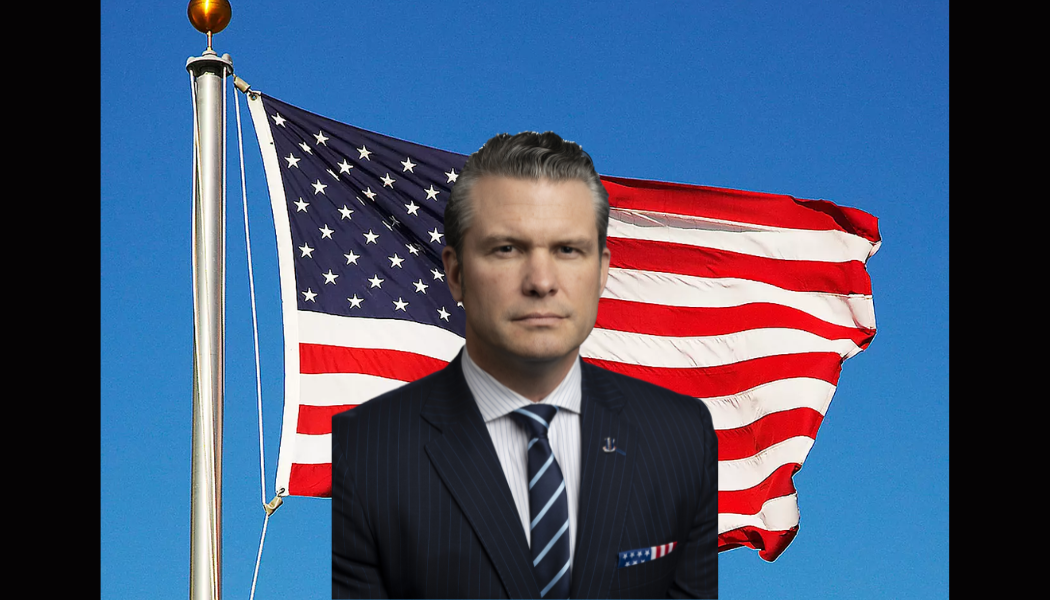In October, the United States Department of Defense (DoD) — recently renamed via presidential directive as the Department of War (DoW) — under Secretary Pete Hegseth, introduced a sweeping set of new press-access rules which have been widely characterised as a “pledge” that credentialed journalists covering the Pentagon must sign. The policy requires reporters to affirm that they will not solicit or publish information that has not been authorised for release, even if unclassified, and threatens revocation of press credentials for non-compliance.
Hegseth, a former television host who became U.S. Secretary of Defense, asserted publicly via X that “The ‘press’ does not run the Pentagon — the people do. The press is no longer allowed to roam the halls of a secure facility. Wear a badge and follow the rules — or go home.” Sean Parnell, the Pentagon’s Chief spokesperson framed the new regime as a move toward “common sense media procedures” aimed at aligning press access within the secure and operational environment of the Pentagon and signalling a shift in how the institution regards independent journalism.
The document distributed within the Pentagon is reported to be 17 pages long and includes language stating that “DoW information must be approved for public release by an appropriate authorising official before it is released, even if it is unclassified.” Journalists are required to acknowledge that they will not roam freely in previously accessible areas without escort and that seeking unauthorised information may result in being deemed “a security or safety risk” and losing their badges.
Media organizations were offered a deadline to agree to these terms. According to reports, more than 30 news outlets declined, instead choosing to return their press passes and vacate their Pentagon workspace rather than sign the pledge.
The DoD’s rationale centres on operational and national-security concerns. Prior to this pledge, the Pentagon had already introduced tighter control over press movement and access inside its headquarters, including required escorts for reporters in once open corridors. Both Hegseth and Pentagon officials argue that in an era of rapid leaks, advanced digital communications and operational complexity, clearer boundaries between what is approved for release and what is not are necessary to protect missions and personnel.
The response from the media has been swift and near-uniform. Organizations including Fox News, CNN, The New York Times, The Washington Post and many others have publicly refused to sign the pledge, citing concerns that the restrictions threaten independent newsgathering and violate the First Amendment. The Pentagon Press Association — representing more than 100 news organizations — described the policy as an unprecedented message of intimidation toward the press.
Free-press advocates and legal observers flagged that the pledge, by requiring journalists to agree not to solicit information or publish unapproved material, could amount to a form of prior restraint or at least a significant chilling effect on journalism.
The policy signals a potentially seismic shift in how the Pentagon interacts with the press. When the majority of major outlets relinquish their badges and leave the premises, access to the inner workings of the military institution will inevitably change. Without permanent desks and easy access inside the Pentagon, news organisations may rely more on official releases, third-party sources or remote operations.
This raises serious questions about oversight of a department with an annual budget approaching a trillion dollars and the implications for democratic accountability. When the institution being covered sets the terms of access so strictly, the ability of journalists to probe rather than simply report is severely constrained.
The “pledge” not only reshapes the Pentagon’s media landscape but may set precedent for other government agencies. If access becomes contingent on signing restrictive terms, the balance between security and transparency may tilt toward institutional control. The policy comes at a time of hardened relations between the broader Trump administration and mainstream media, and thus the military’s move cannot be entirely divorced from the political-media ecosystem.
The new press-access policy implemented by Secretary Hegseth marks a turning point in the relationship between the U.S. military and the press. The requirement that journalists sign a pledge to avoid gathering or publishing unapproved and even unclassified information represents a sharp departure from past norms. Though the Pentagon maintains the changes are necessary for security, the mass rejection of the policy by the media underscores deep concern about independence, transparency and the future of military reporting.
What unfolds over the coming months will test how resilient the press is under constrained access and how effective oversight of one of the most powerful institutions in the government remains when the rules of engagement for journalists are transformed.

